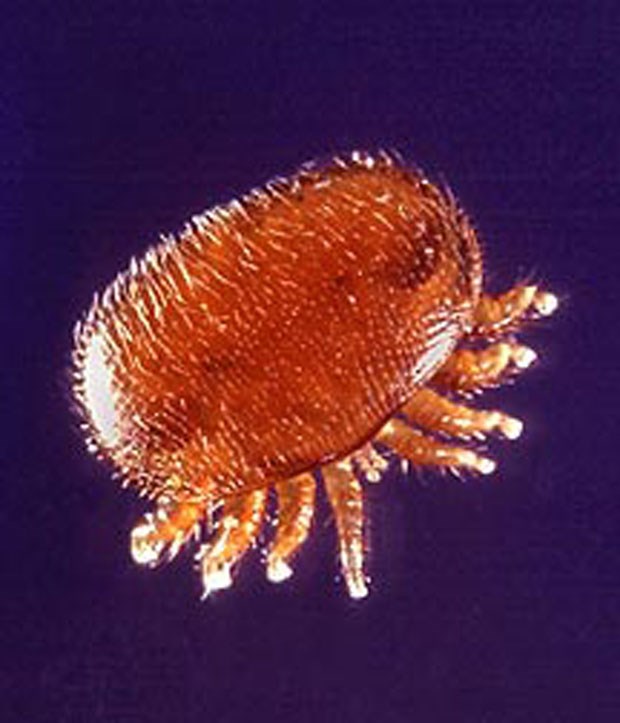Facing the plague of a parasitic Asian mite, beekeepers are hoping a new breed of mite resistant strain for honey bees can be developed, but even more other threats are coming.
Beekeepers lost 45 percent of their colonies last winter, the highest winter loss in 13 years. The biggest threat facing honeybees is the Varroa destructor, a parasitic Asian mite, first introduced to North America 30 years ago. The Asian mites actually consume a bee’s fat body - tissue that plays a important role in its immune system and its capacity to detox pesticides. The main miticides used to slay the Asian mite is not working anymore, due to developed resistance. Another dangerous mite, the Tropilaelaps mite, that has been spreading in parts of Asia and Europe has not reached here yet, to boot. Some beekeepers are just waiting these mites out, known as the Darwinian approach.


